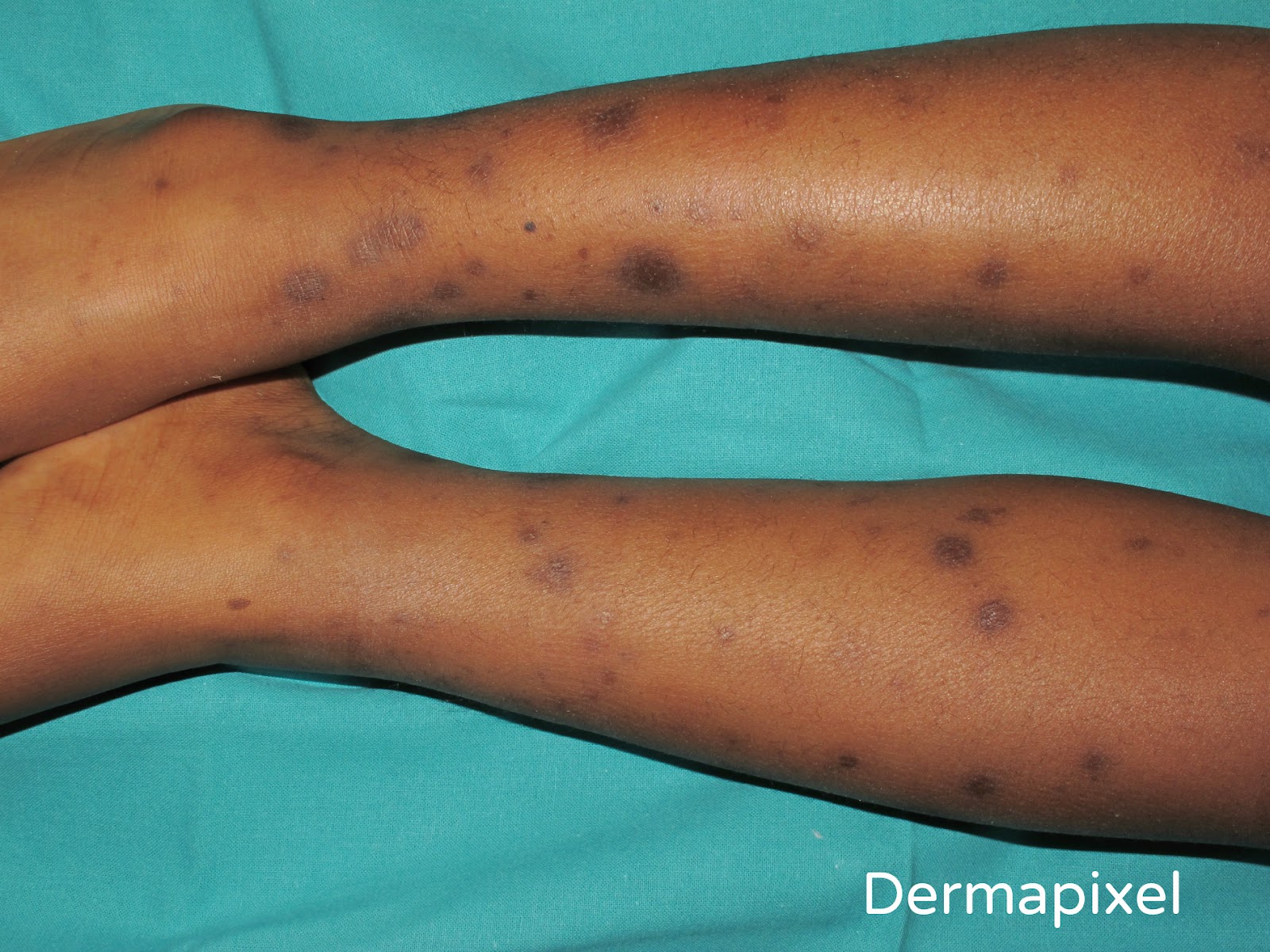Understanding Brown Spots on Legs and Ankles
Have you noticed the appearance of brown spots, discoloration, or dark patches on your legs and ankles? These changes in skin pigmentation can be concerning, prompting questions about their cause and potential health implications. This comprehensive guide explores the various reasons behind brown spots on the lower legs and ankles, offering insights into diagnosis, treatment options, and preventative measures.
Brown spots, also known as hyperpigmentation, can range in size, shape, and shade. They may appear as small freckles, larger patches, or even widespread discoloration. While often harmless, these spots can sometimes indicate underlying medical conditions. Understanding the potential causes is crucial for appropriate management.
Several factors can contribute to the development of brown spots on the legs and ankles. Sun exposure is a primary culprit, as prolonged exposure to ultraviolet (UV) radiation can trigger excess melanin production, leading to age spots or sunspots. Other potential causes include venous insufficiency, where weakened veins struggle to circulate blood efficiently, resulting in skin discoloration and other symptoms like swelling and leg pain.
Certain medical conditions, such as diabetes and peripheral artery disease (PAD), can also manifest as brown spots on the lower legs. In diabetes, poor circulation and nerve damage can affect skin health, while PAD restricts blood flow to the extremities, leading to discoloration and other complications. Additionally, some medications, injuries, and inflammatory skin conditions can cause hyperpigmentation.
Determining the exact cause of brown spots requires a thorough assessment by a healthcare professional. A physical examination, review of medical history, and possibly diagnostic tests, like blood work or ultrasound, can help pinpoint the underlying issue. This accurate diagnosis is essential for developing an effective treatment plan.
While the "history" of brown spots is essentially the individual's exposure and health history, understanding the underlying medical significance is vital. Early detection and management of conditions like venous insufficiency, diabetes, or PAD can prevent further complications and improve overall health outcomes.
Treatment options for brown spots vary depending on the underlying cause. For sunspots, topical creams containing bleaching agents like hydroquinone or retinoids can lighten the discoloration. Laser treatments and chemical peels are also effective in reducing the appearance of brown spots. Managing underlying medical conditions, such as venous insufficiency or diabetes, is crucial for addressing the root cause of the hyperpigmentation.
Protecting your skin from excessive sun exposure is a key preventative measure. Regularly applying sunscreen with a high SPF, wearing protective clothing, and seeking shade during peak sun hours can significantly reduce the risk of developing brown spots. Maintaining a healthy lifestyle, including regular exercise and a balanced diet, can also promote good circulation and overall skin health.
Advantages and Disadvantages of Treatments
| Treatment | Advantages | Disadvantages |
|---|---|---|
| Topical Creams | Relatively inexpensive, easy to apply | Can take time to see results, may cause skin irritation |
| Laser Treatments | Effective in reducing pigmentation, relatively quick results | Can be expensive, may require multiple sessions |
Frequently Asked Questions:
1. Are brown spots on my legs always a sign of a serious medical condition? No, many brown spots are harmless, but it's important to have them evaluated by a doctor.
2. Can brown spots be prevented? Protecting your skin from sun exposure and managing underlying health conditions can help prevent brown spots.
3. How long does it take to see results from treatment? The timeframe varies depending on the treatment and the individual.
4. Are home remedies effective for treating brown spots? Some home remedies may help lighten spots, but it's best to consult a dermatologist for advice.
5. Can brown spots return after treatment? Yes, particularly if the underlying cause is not addressed.
6. What should I do if I notice new or changing brown spots? Consult a dermatologist or healthcare professional for an evaluation.
7. Are there any over-the-counter treatments for brown spots? Yes, some creams and serums containing ingredients like hydroquinone or retinoids are available.
8. Can diet and exercise affect the appearance of brown spots? Maintaining a healthy lifestyle can promote good circulation and overall skin health, which may positively impact the appearance of brown spots.
Tips for managing discoloration on your legs and ankles include consistent sun protection, moisturizing regularly, and seeking professional advice for any concerning changes. Early diagnosis and appropriate management can help address the underlying causes and improve the appearance of brown spots.
In conclusion, understanding the causes and treatment options for brown spots, dark patches, or discoloration on your legs and ankles empowers you to take proactive steps toward managing your skin health. While many instances of hyperpigmentation are benign, seeking professional guidance is crucial for accurate diagnosis and effective treatment. By addressing underlying medical conditions, protecting your skin from sun damage, and exploring available treatment options, you can maintain healthy, vibrant skin and address any concerns regarding changes in pigmentation. Don't hesitate to consult with a dermatologist or healthcare provider for personalized advice and a comprehensive evaluation of your specific situation. Taking charge of your skin health is an investment in your overall well-being.
Fedex field club level access
Unlocking peace of mind your garmin striker plus fish finder warranty guide
Decoding electrical blueprints your guide to basic electrical symbols













